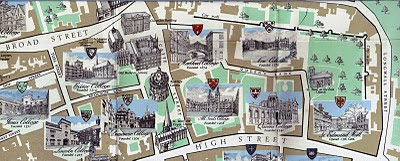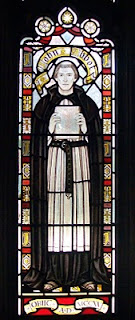by Glenn N.
Holliman
Bishop John Holyman's Will, 1558
In my recent postings, I have been chronicling the life and times of The Rt. Rev. John Holyman, probably a distant uncle of our Holliman family. During my recent visit to the village of Cuddington, Buckinghamshire, England, this photograph (below) was taken of Mrs. Caroline Stonham and myself in the back garden of her 17th century thatch cottage.
What is remarkable about this cottage is that it rests on the Holyman farm, and Holymans used to live in the residence in this photograph!

In an earlier posting, I dropped in a photograph of the location of the old 'manor' house where 16
th century
Holymans lived, approximately 200 yards from where Caroline and I are sitting.
We are reviewing Holyman papers she has collected in the twenty years she has lived on the farm. She is a geography teacher and has a keen appreciation of the history of her home. She kindly shared of her research and gatherings with me, allowing my wife to photograph the many documents. With her permission, I now share them with you.
One of the papers we reviewed is below. It is the 1558 will of Bishop John Holyman. It is a transcription but it does contain a bit of Shakespeare era English. Being celibate, John had no children, but he did have servants whom he remembered and he left funds to colleges and the parish where he is interred. Notice he left funds to pray for the repose of his soul. For one who had been a monk, and had taken a vow of poverty, he left a sizable estate although no land.
If one places the cursor over the document and clicks, the will should enlarge for easier reading.
Page 1

Page 2

This will was transcribed under the direction of Bob Hollyman-Mawson of Wales, for whom we all are indebted.
Next posting, more on the Holyman farm and family documents in Cuddington, Buckinghamshire, England....






























